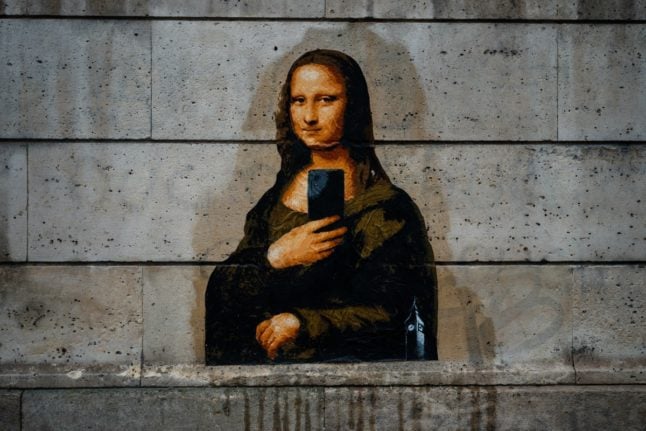US Air Force veteran Terens will be honoured on June 6th at a commemoration of the 80th anniversary of the D-Day landings in Normandy, the historic Allied operation that changed the course of the war.
Two days later Harold and Jeanne will exchange vows in Carentan-les-Marais, close to the beaches where thousands of soldiers waded ashore — and many died — that day in 1944. The town’s mayor will preside over the ceremony.
“It’s a love story like you’ve never heard before,” Terens assures AFP.
During an interview at Swerlin’s home in Boca Raton, Florida, they exchange glances, hold hands and smooch like teenagers.
“He’s an unbelievable guy, I love everything about him,” Swerlin says of her fiance. “He’s handsome — and he’s a good kisser.”
The youthful centenarian is also cheerful, witty, and gifted with a prodigious and vivid memory, recalling dates and locations and events without hesitation — a living history book of sorts.
Shortly after Terens turned 18, Japan bombed the US Navy base at Pearl Harbor. He, like many young American men, was keen to enlist.
By age 20 he was an expert in Morse code and aboard a ship bound for England, where he was assigned to a squadron of four P-47 Thunderbolt fighters. Terens was responsible for their ground-to-air communication.
“We were losing the war by losing a lot of planes and a lot of pilots… These pilots became friends and they got killed,” he laments. “They were all young kids.”
His company lost half of its 60 planes during the Normandy operation. Soon after, Terens volunteered to travel to that region of northern France to help transport German prisoners of war and liberated Allied troops to England.

Secret mission
One day Terens received an envelope with instructions not to open it until he reached a certain destination. Thus began a remarkable journey that took him to Soviet Ukraine via Casablanca, Algeria, Tunisia, Libya, Cairo, Baghdad and Tehran.
When he finally arrived in Poltava, a city east of Kyiv, a Russian officer informed him he was part of a secret mission. US B-17 aircraft were taking off from England bound for Romania, where they would bomb Axis oil fields controlled by Nazi Germany.
Terens was part of the resupply team in Ukraine that provided the Flying Fortresses with fuel and ordnance.
The operation lasted 24 hours until the Germans discovered the Allied base in Ukraine and attacked it.
Terens says he escaped but was left in no-man’s land. He contracted dysentery, and only survived thanks to the help of a local farming family.
Returning to England, he cheated death once more. When a pub proprietor refused to serve him a drink because she was about to close, he shrugged and left. He had barely walked two blocks when a German rocket destroyed the establishment.
‘Luckiest guy in the world’
After the war he returned stateside and married Thelma, his wife of 70 years with whom he raised three children.
Terens worked for a British multinational, and when he and Thelma retired, they settled in Florida.
Her death in 2018 sank Terens, and he endured “three years of feeling sorry for myself and mourning my wife,” he recalls.
But life offered him a fresh start. In 2021 a friend introduced him to Jeanne Swerlin, a charismatic woman who had also been widowed.
Sparks did not fly. On their first meeting Terens could barely look at Swerlin.
But persistence paid off. A second date changed everything, and they haven’t been apart since.
“She lights up my life, she makes everything beautiful,” he says. “She makes life worth living.”
Terens, wearing a World War II cap with “100 Year Old Vet” embroidered on the side, is over the moon about returning to France, where President Emmanuel Macron bestowed on him the nation’s highest distinction, the Legion of Honor, in 2019.
He is also thrilled, of course, about getting married. Surrounded by family and friends, December lovebirds Jeanne and Harold will say “I do” at a ceremony in which a Terens’ granddaughter will sing “I Will Always Love You” as a great-grand-daughter scatters flower petals on the ground.
At 100, this decorated military veteran acknowledges his good fortune.
“I got it all,” he says. “I’m probably the luckiest guy in the world.”




 Please whitelist us to continue reading.
Please whitelist us to continue reading.
Member comments